 Talent Station 3: A Disturbing Site
Talent Station 3: A Disturbing Site
THE WEEDY STAR THISTLE (Centaurea solstitialis), covering open areas along the path, is native to the Mediterranean and is widespread in California and Oregon. It is an annual that can grow up to 2.5 feet high. The yellow flowers bloom July through September, and have nasty three-quarter inch spines just below the flower head. This foreign invader crowds out many native species, as well as good forage plants, and thrives on the poor, marginal soils of roadsides and waste places. If a horse eats the plant, it can suffer "chewing disorder," which renders it unable to eat or drink; it can eventually starve.
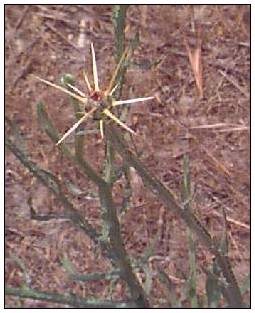
These newly planted trees are ponderosa pine (Pinus ponderosa) and incense cedar (Calocedrus decurrens). Ponderosa pine is a large tree with long needles in bundles of three. It grows in every state west of the Rockies, preferring dry, gravelly soils. This pine is the second most important timber treee in volume cut, and is considered the most valuable general purpose tree for use in millwork, boxes, furniture, poles, piling, and general construction. The Shasta Indians prepared the nuts of this tree by steaming them in an earth oven before drying and storing them. Ponderosa roots were a primary twining material for their baskets.
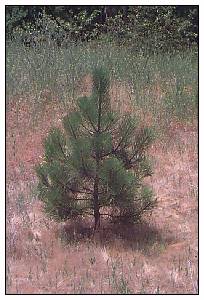
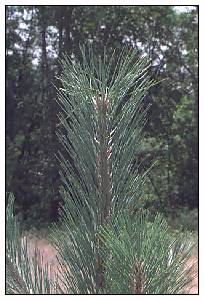
Incense cedar is an evergreen tree with scale-like leaves and small, one-inch cones that look like Donald Duck with his mouth open. It is a drought-resistant tree with durable aromatic wood that is mainly used for pencils and fence posts. Other uses include mothproof chests, Venetian blinds, grape stakes, and shakes. The Shasts Indians built their houses out of split incense cedar.
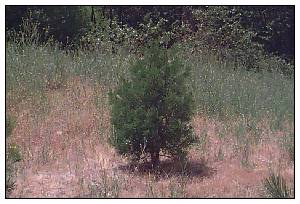
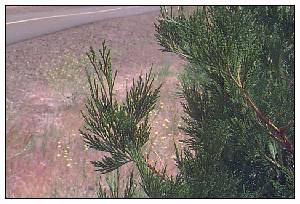


















Photos by D.L. Mark
 Talent Station 3: A Disturbing Site
Talent Station 3: A Disturbing Site





















